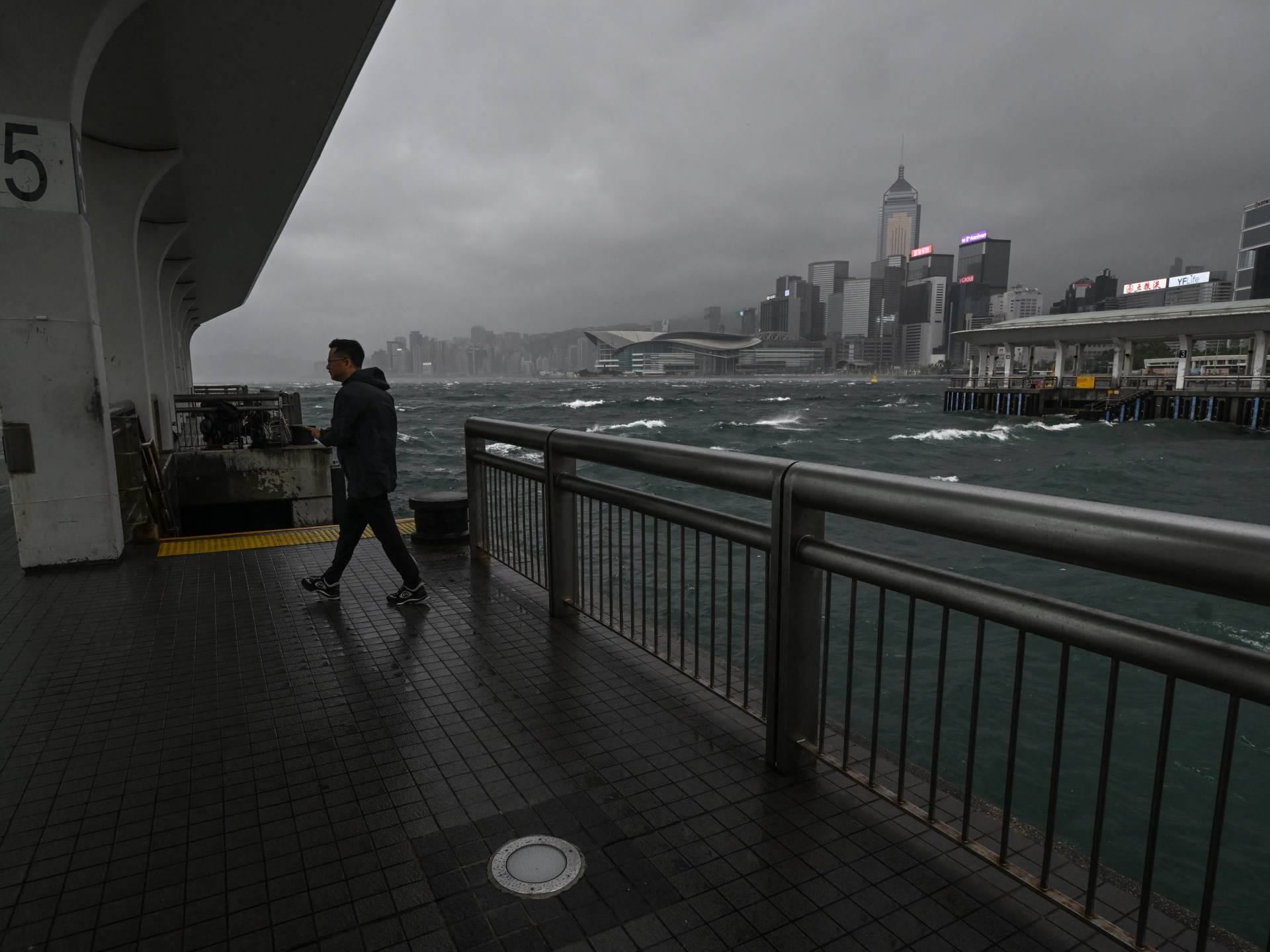Authorities in Hong Kong have suspended classes and grounded hundreds of flights as a result of Typhoon Wipha’s strongest tropical cyclone warning, which is currently being issued in the city.
According to the most recent satellite reports from the US weather monitor NOAA and Japan’s Himawari, Wipha was located about 60 kilometers (37 miles) southwest of Hong Kong on Sunday. It was moving westward toward southern China’s coastal regions.
The T10 hurricane alert was issued by the Hong Kong observatory, which stated that “winds with mean speeds of 123 kph (73 mph) are anticipated” and that they pose “considerable threat to Hong Kong.”
The observatory issued a warning to the public, “beware of destructive winds,” warning that “the southern portion of the territory is being affected by hurricane force winds under the influence of its eyewall.”
The Reuters news agency reported that large waves were spotted off Hong Kong Island’s eastern coast.
About 500 flights have been cancelled, according to a representative from the Hong Kong Airport Authority, and 400 others are scheduled to land or take off later that day.
According to the state news agency Xinhua, the provinces of Hainan and Guangdong in China were also on high alert. All daytime flights to Shenzhen, Zhuhai, and Macao were delayed or cancelled on Sunday.
More than 200 people have contacted Hong Kong’s government-run temporary shelters for shelter. On Sunday morning, more than a dozen reports of fallen trees were received by authorities in a public hospital emergency room.
Additionally, trains offered a limited selection of services on Sunday, with the authorities suspending Sunday’s classes at all daycare centers and day schools.
Super Typhoon Saola received the T10 warning signal in Hong Kong’s final year in 2023.
Wipha, which means “splendour,” also swept over the Philippines during a tropical storm and soaked parts of Taiwan.
According to the Philippines’ National Disaster Risk Reduction and Management Council, two people have been reported missing and the typhoon also increased the country’s seasonal monsoon rains.
More than 370, 000 people in the Philippines were affected by days of squall, with 43, 000 of them fleeing government-run emergency shelters or family homes as a result of flooding, landslides, and fierce winds.
Source: Aljazeera

Leave a Reply